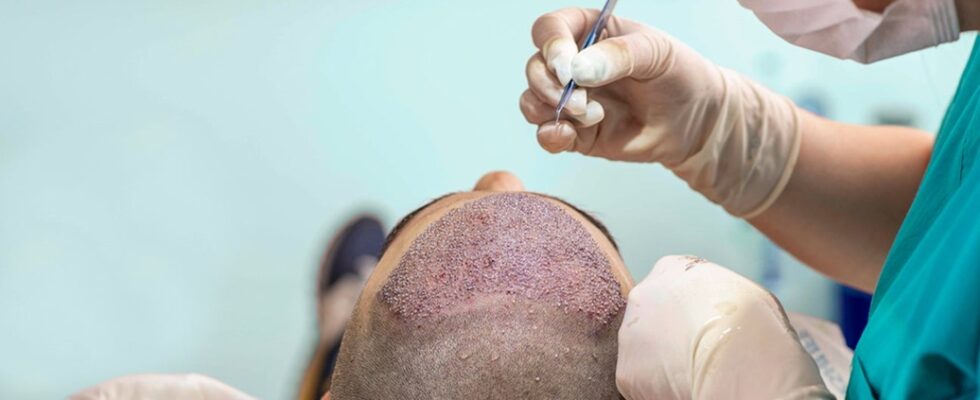Have thinning hair or bald spots been affecting confidence? A hair transplant restores natural growth and improves appearance. It enhances self-image and helps regain a youthful look. Let’s explore how this procedure can make a difference.
Restoring a Natural Hairline
Hair loss can change facial structure and make a person look older. Many seek solutions on how to stop receding hairline, but treatments may not always work. A hair transplant provides a long-term fix by restoring a full and natural-looking hairline. Skilled surgeons carefully place follicles to match existing growth patterns. This creates a seamless and undetectable result.
A well-defined hairline frames the face and softens aging signs. When thinning occurs, the forehead may appear larger. A transplant helps balance proportions by filling in sparse areas. Unlike temporary solutions, this procedure offers permanent results. With proper care, the outcome lasts a lifetime. Choosing an experienced specialist ensures the most natural appearance.
Boosting Confidence and Self-Esteem
Hair loss affects more than just looks. It can lower self-esteem and impact daily interactions. Many feel uncomfortable in social settings due to visible thinning. Regaining a fuller head of hair restores confidence and changes how others perceive a person. A positive self-image encourages people to engage more in personal and professional life.
People often adjust their style or avoid certain events due to concerns about appearance. After a successful transplant, many feel more at ease in public situations. The ability to style hair freely adds to a sense of normalcy. Compliments from others reinforce a positive self-perception. The transformation can be life-changing for those who have struggled with thinning for years.
Understanding the Hair Transplant Process
A hair transplant involves transferring healthy follicles to areas experiencing loss. The most common methods include:
- FUE: Individual follicles are extracted and implanted in target sections.
- FUT: A strip of scalp with strong follicles is removed and divided into grafts.
- Procedure Time: The process takes several hours, depending on the number of grafts.
- Healing Period: Mild swelling and redness may occur but subside within days.
- Growth Timeline: New hair begins growing within a few months, with full results in a year.
- Natural Results: Transplanted sections shed and regrow just like existing strands.
- Long-Term Success: With proper care, the outcome remains permanent.
Both techniques provide natural-looking density. Choosing the right method ensures the most effective transformation.
Consulting a Reputable Service
A well-established clinic provides experienced professionals who specialize in hair restoration. They evaluate scalp conditions and suggest the most suitable transplant method. Skilled surgeons use advanced technology to ensure precision and natural results. Understanding the process before committing helps in making an informed decision.
They analyze scalp health and recommend the right approach for optimal results. Trusted clinics provide before-and-after comparisons to set realistic expectations. A consultation also includes discussions on post-procedure care. Proper aftercare prevents complications and ensures successful regrowth.
Maintaining Results for Long-Term Success
A hair transplant provides permanent results, but proper care enhances longevity. Following post-procedure guidelines ensures healthy hair regrowth. Avoiding excessive sun exposure and harsh treatments prevents damage. A nutritious diet supports strong and healthy follicles.
Gentle shampoos and scalp massages improve circulation and promote overall strength. Regular follow-ups with a specialist help monitor progress. Stress and poor habits can impact hair health even after the procedure. Reducing stress and maintaining hydration improves scalp condition. Certain medications and styling products may affect results, so expert recommendations help.
Understanding the procedure and choosing a reputable service ensures great results. Expert consultations help determine the best approach for each individual. Learning how to stop receding hairline early can also contribute to long-term scalp health. A fuller head of hair enhances self-image and daily interactions. Proper aftercare preserves results and maintains a youthful appearance.


